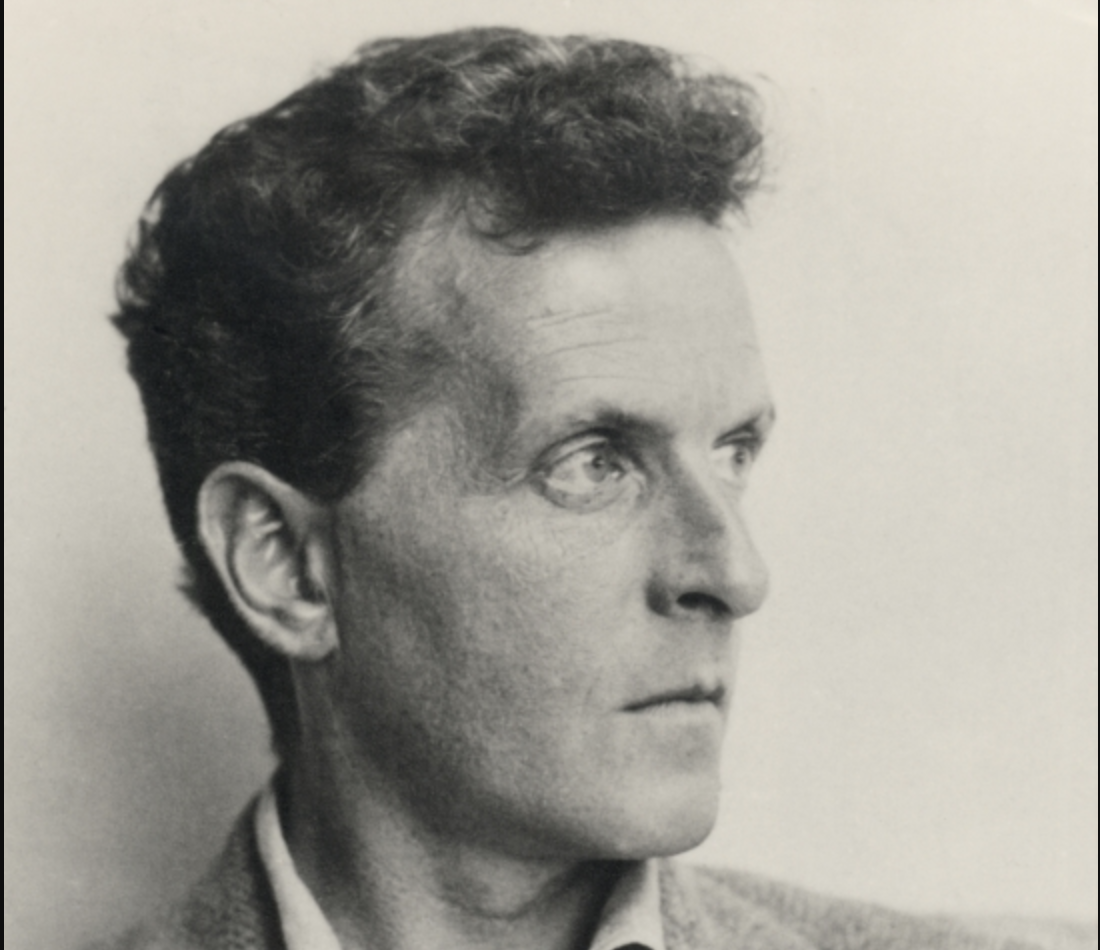Delia Derbyshire, composer of the Dr. Who theme song and musical pioneer, has not quite become a household name, but readers of this site surely know who she is, as well should every student of avant garde, electronic, and experimental pop music. Along with other often unsung female electronic composers of the 60s and beyond—like fellow BBC Radiophonic Workshop doyenne, Daphne Oram—Derbyshire brought the early electronic techniques of musique concrete and tape manipulation to a wider audience, who mostly had no idea where the sounds they heard came from.
As part of the unit responsible for creating the sounds of British television, Derbyshire’s unusual instincts took her to places no composer had ever ventured before. In her sound work for a documentary called The World About Us, on the Tuareg people of the Sahara, she “used her voice for the sound of the [camels’] hooves,” writes her onetime colleague Brian Hodgson at The Guardian, “cut up into an obbligato rhythm. And she added a thin, high electronic sound using virtually all the filters and oscillators in the workshop.” As Derbyshire recalls it:
My most beautiful sound at the time was a tatty BBC lampshade. It was the wrong colour, but it had a beautiful ringing sound to it. I hit the lampshade, recorded that, faded it up into the ringing part without the percussive start. I… reconstructed the sound of the workshop’s famous 12 oscillators to give it a whooshing sound. So the camels rode off into the sunset with my voice in their hooves and a green lampshade on their backs.
What the color of the lampshade had to do with the sound, only Derbyshire could know for sure. But it clearly had a psychological impact on the way she heard it. “I suppose in a way,” she said, “I was experimenting in psycho-acoustics.”
This was an immersive experience for her, and for everyone who heard the results, no matter whether they could identify what it was they were hearing. Derbyshire’s sound design revolutionized the industry, but we cannot overlook her extracurricular work—experimental sound collages and musical pieces made with several close collaborators, including Hodgson, which sound remarkably ahead of their time.
In 1964, Derbyshire collaborated with poet and dramatist Barry Bermange on The Dreams, a work that showed her, Hodgson writes, “at her elegant best.” The two put together a collage, with people describing their dreams in snippets of cut-up monologues, backed by a pulsing, throbbing, buzzing, humming ominous score. (Listen to “Running” further up.) In 1966, she worked with David Bowie’s favorite performer Anthony Newley on “Moogles Bloogles,” above, which Ubuweb calls “an unreleased perv-pop classic in the 1966 novelty vein.” She was not privy to what the song would become. “I’d written this beautiful innocent tune,” she said, “all sensitive love and innocence, and he made it into a dirty old raincoat song. But he was really chuffed!”
In the late sixties, Derbyshire joined Hodgson and bass player David Vorhaus to form White Noise, an experimental electronic pop project whose “Love Without Sound” you can hear at the top of the post (behind scenes from Jean Cocteau’s Orphée.) In 1972, Derbyshire teamed with Hodgson and Don Harper, all “moonlighting from day jobs” at the BBC, for an album called Electrosonic, a “haunting batch of spare electronic tracks.” Just above, hear “Liquid Energy (Bubbling Rhythm)” from that collection.
These tracks represent just a fraction of the Derbyshire music available at Ubuweb’s Delia Derbyshire library, including a compilation of Radiophonic Workshop soundtrack pieces like “Environmental Studies,” above, from 1969, as well as an audio documentary on her work made in 2010. Soon after her early 70s musical experiments, Derbyshire retired from music to work as a radio operator and in an art gallery and bookshop, disgusted with the state of contemporary sound. But in her last few years, she had the pleasure of watching a new generation discover her work. As Hodgson writes in his touching eulogy, “the technology she had left behind was finally catching up to her vision.”
Hear more recording at Ubuweb’s Delia Derbyshire library.
Related Content:
Two Documentaries Introduce Delia Derbyshire, the Pioneer in Electronic Music
The Fascinating Story of How Delia Derbyshire Created the Original Doctor Who Theme
Josh Jones is a writer and musician based in Durham, NC. Follow him at @jdmagness



